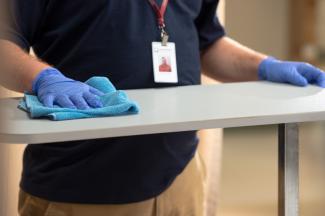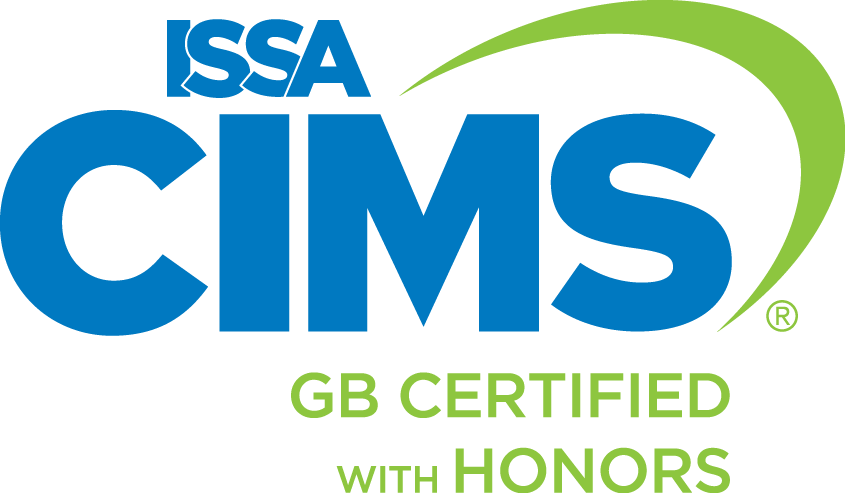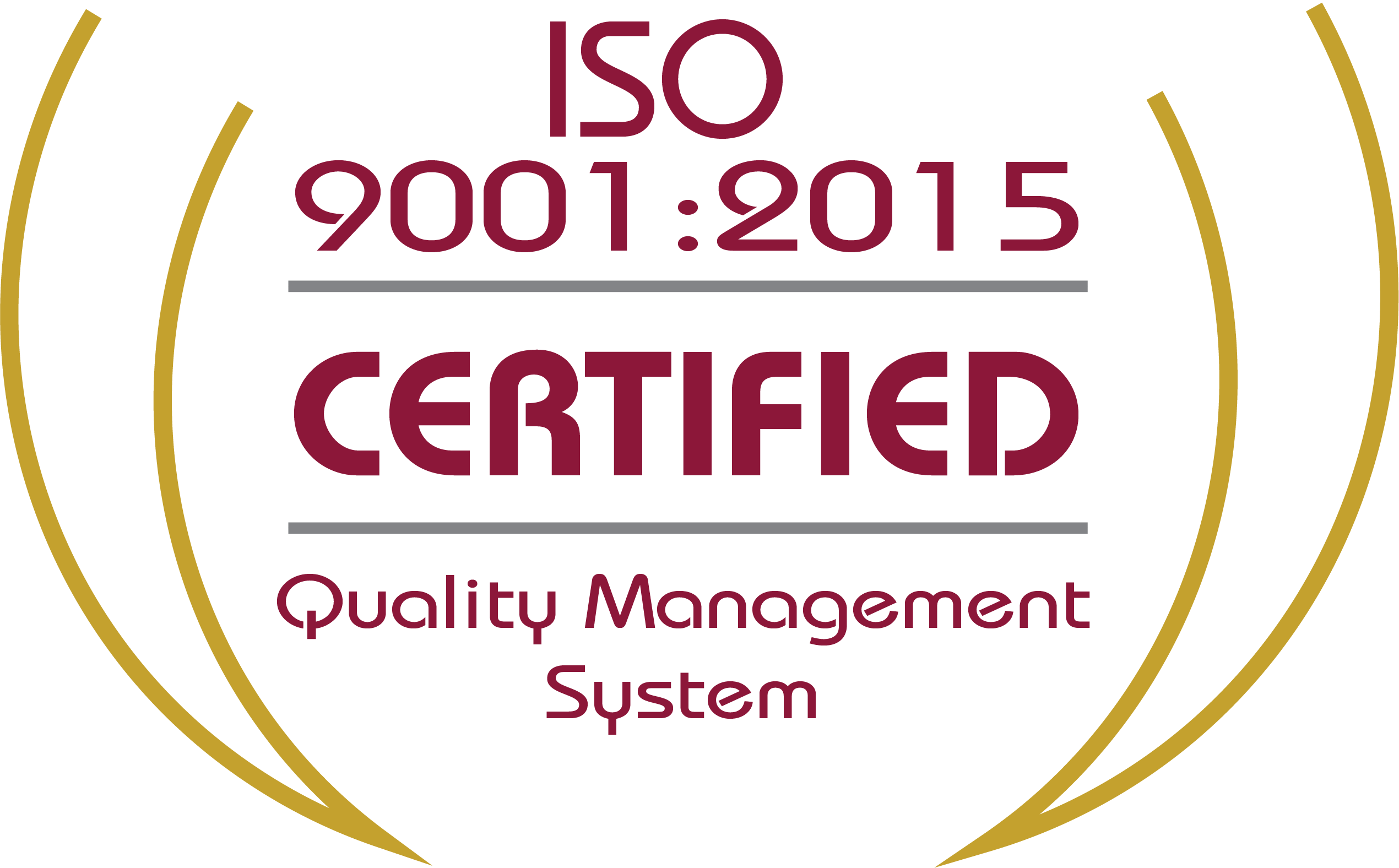Cleaning and Mitigating Dust and Dust Mites

Dust is one of the universal signs of an unsanitary work environment. However, there is more than meets the eye with dust in the office, classroom, or factory. From what dust is created with, to the dust mites that live within, the science of dust is complex and the impact on the health and productivity of your workers and visitors is significant. Despite this, there are steps you can take to remove and prevent dust from accumulating in your office or workspace.
Dust
One of the most popular beliefs about dust is that it is formed from dead skin cells. The truth of the matter is much more complicated. Dust is created from a combination of small particles: skin cells, hair, animal dander, pollen, sand, pollution particles, minerals, fungal spores, chemicals, and dust mites. The actual composition and ratios of dust is dependent on the environment. Because of this, dust is said to be unique to each environment, whether outdoor or indoor.
Dust is very light. Some studies have shown that some dust particles can stay in the air for over five days. In other studies, scientists have shown that dust particles from the Sahara can be found in dust in London after particularly vicious storms. This shows that some airborne dust can be carried by air currents and brought quite a distance, bringing with it its unique particle DNA.
Unfortunately, dust can be much more harmful than it appears. Dust is small enough to get into your lungs. Depending on what the dust is made up of, this can cause multiple issues, even for those with healthy lungs. Allergic reactions, triggering asthma symptoms, and even dangerous illnesses like pneumonia can be linked to dust. Some dust can even lead to cancer, depending on the composition of the dust. Just searching the word “dust” on the CDC’s website brings up multiple articles of harmful particles that can be found in dust and how they, in turn, can harm you.
Just when dust seems to be the most problematic thing about cleaning, dust mites can make things much worse.
Dust Mites
Dust mites are microscopic creatures, coming to about one-quarter to one-third of a millimeter in size. It’s said that one gram of dust (about one half of a teaspoon) can contain up to five hundred dust mites. They eat dander, skin cells, and some of the fungi that can be found in dust. The average amount of skin cells a person sheds in a day (1.5 grams) can feed up to a million dust mites.
They prefer warmer, humid climates: 68 to 77 degrees Fahrenheit and 70 to 80 percent humidity are ideal. That said, they can be found all over the world except Antarctica. They also can be found year-round in indoor environments, unlike some of their pest counterparts.
Most dust allergies are actually dust mite allergies; while they do not bite humans like bed bugs do, dust mites themselves and their excrement can trigger various allergic reactions. Dust mite allergy symptoms are similar to hay fever, with the noticeable difference being that it happens year-round. Eczema and general itchiness are also common with a dust mite allergy.
Dust mites multiply quickly, so there is almost always a new generation ready to live in dust. Even with a lifespan ranging from sixty to ninety days, there is never really an end to them.
How to Prevent Dust and Dust Mites
While there is no perfect solution to remove dust completely, there are ways to remove it and slow its growth. And by removing a lot of dust from the environment, you are also removing areas where dust mites can grow.
- Regularly clean your work and office space. One of the simplest ways to keep dust from getting out of control is to regularly clean an area. This includes regular vacuuming and mopping, as well as wiping down surfaces.
- Wear a mask when you are cleaning and when you are in a dusty environment. Kicking up dust is very easy, and it can be just as easy to breathe that dust in. Wearing a mask gives you an extra layer of protection to prevent dust from entering your body.
- Use vacuums with HEPA filters. The suction of a vacuum cleaner can kick up as much dust into the air as it takes in. Part of this is due to the fact that not all vacuums can keep in all the dust that they gather. With a HEPA filter, even the smallest dust particles find it near impossible to escape.
- Use a damp cloth when dusting. This serves two purposes. First, a damp cloth has a better chance of keeping the dust that it wipes up than a dry cloth. Second, spraying the surface with cleaning solution instead of the cloth can actually kick up dust into the air. It’s better to spray the cloth and use that to clean up the dust.
- If possible, replace any carpet and curtains with hardwood or tiled floor and blinds. One component of dust is the threads and fibers of cloth. Reducing the number of spots where dust can be created will go a long way in preventing future dust problems.
- Get an air purifier with a HEPA filter. You likely cannot get the air to be completely dust-free. However, you can continue to reduce the amount that stays in the air with a quality air purifier. Those with HEPA filters can catch dust and prevent them from recirculating into the air.
- Regulate the humidity. As mentioned earlier, dust mites thrive in warm, moist areas. Humidity control offers a way to curb the dust mite population. Investing in a good dehumidifier can do a lot against dust mites.
- Extreme heat and cold can kill dust mites, with heat having a better chance of success. Using the dryer to the hotter settings can kill many dust mites. For furniture, you can get them professionally cleaned or leave them in direct sunlight for several hours.
- Wear masks and follow best practices if you’re doing construction projects. Construction can create a lot of dust in a very enclosed space. Make sure that your lungs are protected as much as they can be with the proper mask. Additionally, many of the best practices are done to help reduce dust in the air. (It also makes clean up after a project much easier.)
Get the Cleaning Professionals
Sometimes, daily cleaning and prevention is not enough. Contact Janitronics to get professions with nearly five decades of experience on your side. Use our contact form here.



